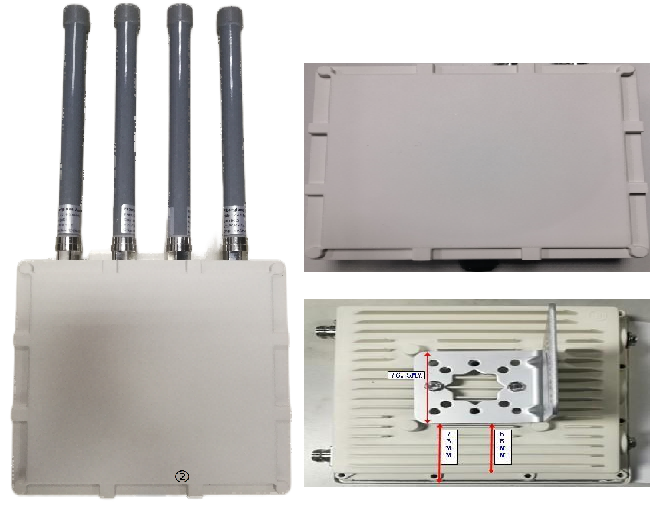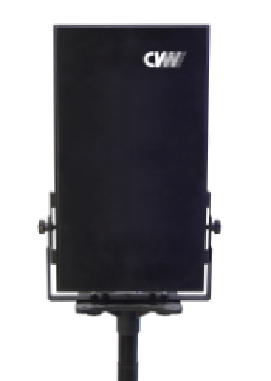Wireless video transmission system refers to a system that utilizes wireless radio waves to transmit signals such as video, audio, and data. It can achieve characteristics such as long-distance, high-definition, real-time, and mobility, and is widely used in monitoring, communication, entertainment, education, and other fields. The main technologies of wireless video transmission systems include the following aspects:
Wireless transmission technology: Wireless transmission technology is the core technology of wireless video transmission systems, which determines the performance indicators of the system such as transmission distance, speed, quality, and stability. There are currently several mainstream wireless transmission technologies:
CDMA/EDGE/3G/4G/5G: These technologies utilize mobile communication networks to transmit video signals, which have advantages such as wide coverage, low cost, and good compatibility. However, they also have limitations such as bandwidth limitation, high latency, and high interference, making them suitable for low definition, low frame rate, and non real-time video transmission scenarios.
COFDM: This technology utilizes the principle of Orthogonal Frequency Division Multiplexing to divide video signals into multiple subcarriers for modulation and transmission. It has advantages such as resistance to multipath fading, interference, and occlusion, and is suitable for video transmission scenarios in high-speed mobile and complex environments.
Microwave: This technology utilizes electromagnetic waves in the microwave frequency band (300MHz~300GHz) to transmit video signals, which has the advantages of large bandwidth, low latency, and high quality. However, it also has disadvantages such as small coverage, high cost, and susceptibility to weather. It is suitable for high-definition, high frame rate, and real-time video transmission scenarios.
Satellite: This technology utilizes artificial satellites in geosynchronous or low orbit to relay and forward video signals, which has the advantages of large coverage and high reliability. However, it also has the disadvantages of limited bandwidth, high latency, and extremely high cost, making it suitable for video transmission scenarios across regions and countries.
WHDI: This technology utilizes wireless waves in the 5GHz frequency band to transmit video signals, with advantages such as no compression, no delay, support for 1080P resolution, and 7.1 channels. However, it also has disadvantages such as small coverage and susceptibility to interference, making it suitable for high-definition video transmission scenarios in homes or offices.
Video encoding technology: Video encoding technology is an important technology in wireless video transmission systems, which determines performance indicators such as compression efficiency, encoding complexity, and stream controllability of the system. There are currently several mainstream video encoding technologies:
H.264/AVC: This technology is currently the most widely used video coding standard, which adopts various advanced coding technologies, such as intra prediction, inter prediction, variable length encoding, loop filtering, etc. It can provide higher compression efficiency and image quality than previous standards at the same bit rate, and is suitable for video transmission scenarios of various resolutions and bit rates.
H.265/HEVC: This technology is currently the latest video encoding standard, which further optimizes the encoding technology on the basis of H.264/AVC, such as adding more prediction modes, transformation modes, encoding unit sizes, etc. It can provide higher compression efficiency than H.264/AVC under the same image quality, and is suitable for high-definition and ultra-high definition video transmission scenarios.
AV1: This technology is an open-source video encoding standard developed by multiple internet giants, with the goal of providing a copyright free, high-performance, and highly compatible video encoding solution that can provide higher compression efficiency than H.265/HEVC under the same image quality. It is suitable for video transmission scenarios such as network video, streaming media, and virtual reality.
Video processing technology: Video processing technology is an auxiliary technology for wireless video transmission systems, which determines the system's performance indicators such as image quality, stability, and intelligence. There are currently several commonly used video processing technologies:
Video enhancement: This technology refers to the post-processing of the original video signal, such as denoising, deblurring, deblocking, de mosaic, de jitter, increasing brightness, contrast, and sharpness, in order to improve the subjective visual quality of the video signal. It is suitable for video transmission scenarios affected by factors such as noise, blur, and compression.
Video stabilization: This technology refers to performing some motion compensation on the original video signal, such as global motion estimation, local motion estimation, motion smoothing, motion interpolation, etc., with the aim of eliminating jitter or blurring caused by camera or object motion in the video signal. It is suitable for video transmission scenarios in high-speed or complex environments.
Video analysis: This technology refers to the content recognition of the original video signal, such as facial recognition, license plate recognition, behavior recognition, scene recognition, etc., with the aim of extracting useful information or features from the video signal. It is suitable for video transmission scenarios that require intelligent analysis such as monitoring, security, and education.
In summary, the main technologies of wireless video transmission systems involve wireless transmission technology, video encoding technology, video processing technology, and other aspects. They work together to form the complete architecture of wireless video transmission systems, providing users with convenient and efficient wireless video transmission services.

 Multi-camera wireless video transmission
Multi-camera wireless video transmission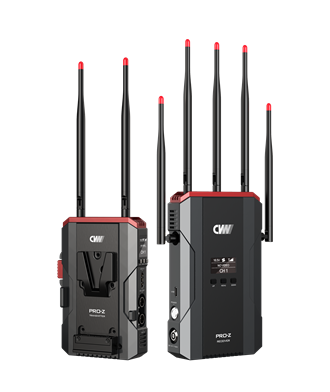 Zero Latency Wireless Video Transmission
Zero Latency Wireless Video Transmission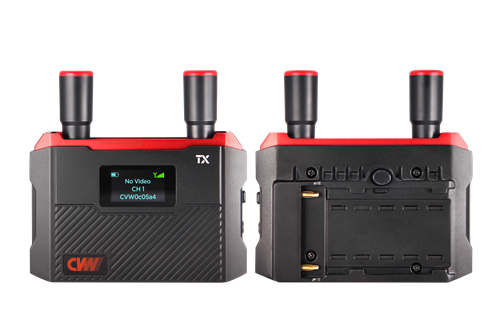
 Designed for teleoperating the heavy equipment
Designed for teleoperating the heavy equipment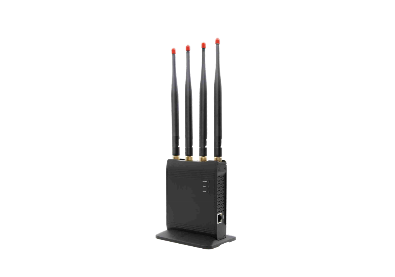 Wireless high-speed data transmission
Wireless high-speed data transmission